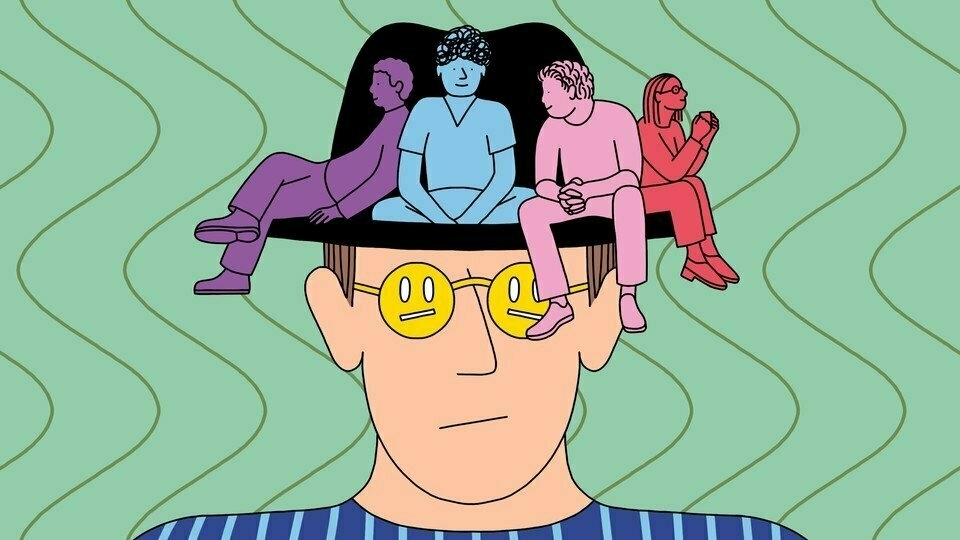Imaginary friends for adults
At least in my circles, there’s been a lot of talk about parasocial relationships over the last decade or so. Usually, the discussion is descriptive and simply observing the phenomenon.
In this article for The Atlantic, Arthur C. Brooks does a bit of analysis in terms of seeing parasocial relationships as a type of avoidant behaviour.
The term parasocial interaction was introduced in the 1950s by the social scientists Donald Horton and R. Richard Wohl. It was the early days of home television, and they were seeing people develop an intimate sense of relationship with actors who were appearing virtually in their home. Today, the definition is much broader. After all, actors, singers, comedians, athletes, and countless other celebrities are available to us in more ways than ever before. Forming parasocial bonds has never been easier.Source: Parasocial Relationships Are Just Imaginary Friends for Adults | The Atlantic[…]
Although there are no exact statistics on frequency that I have found, psychologists do document cases of parasocial relationships that can go much deeper, with significant consequences. Scholars note that parasocial bonds exist on a continuum of intensity, from entertainment-social (say, gossiping about a celebrity) to intense-personal (intense feelings toward a celebrity) to borderline-pathological (uncontrollable behavior and fantasies). At the deepest level, the parasocial relationship can be dangerous, such as when a fan loses touch with reality and stalks a star, under the delusion that they have a real-life connection.
[…]
In 2021, two psychologists from York University, in Canada, found that forming parasocial bonds was strongly related to avoidant attachment. That is, people who tended to push others away in their day-to-day lives were more likely than others to relate to fictional characters, and especially to characters who are also emotionally avoidant.
